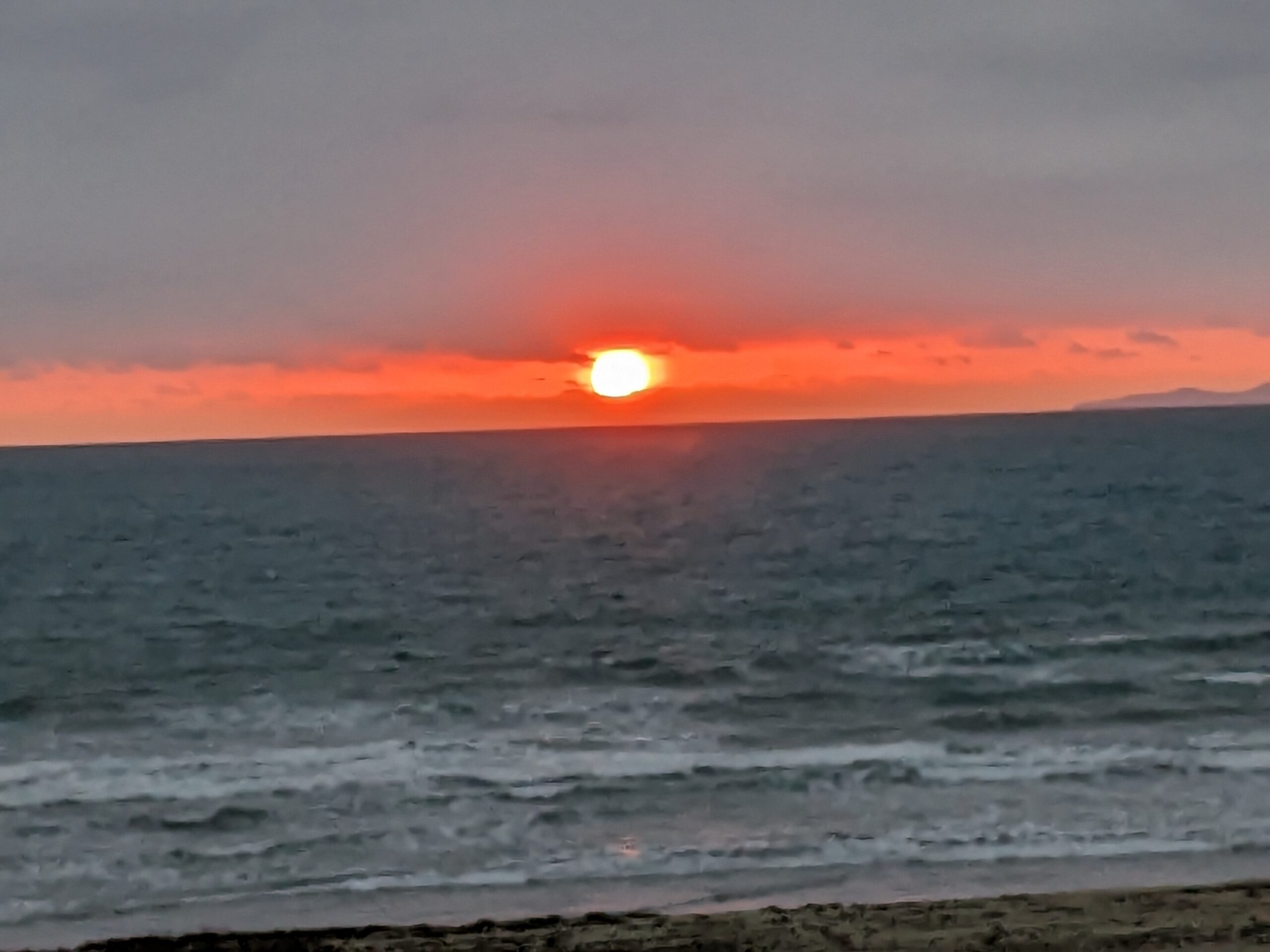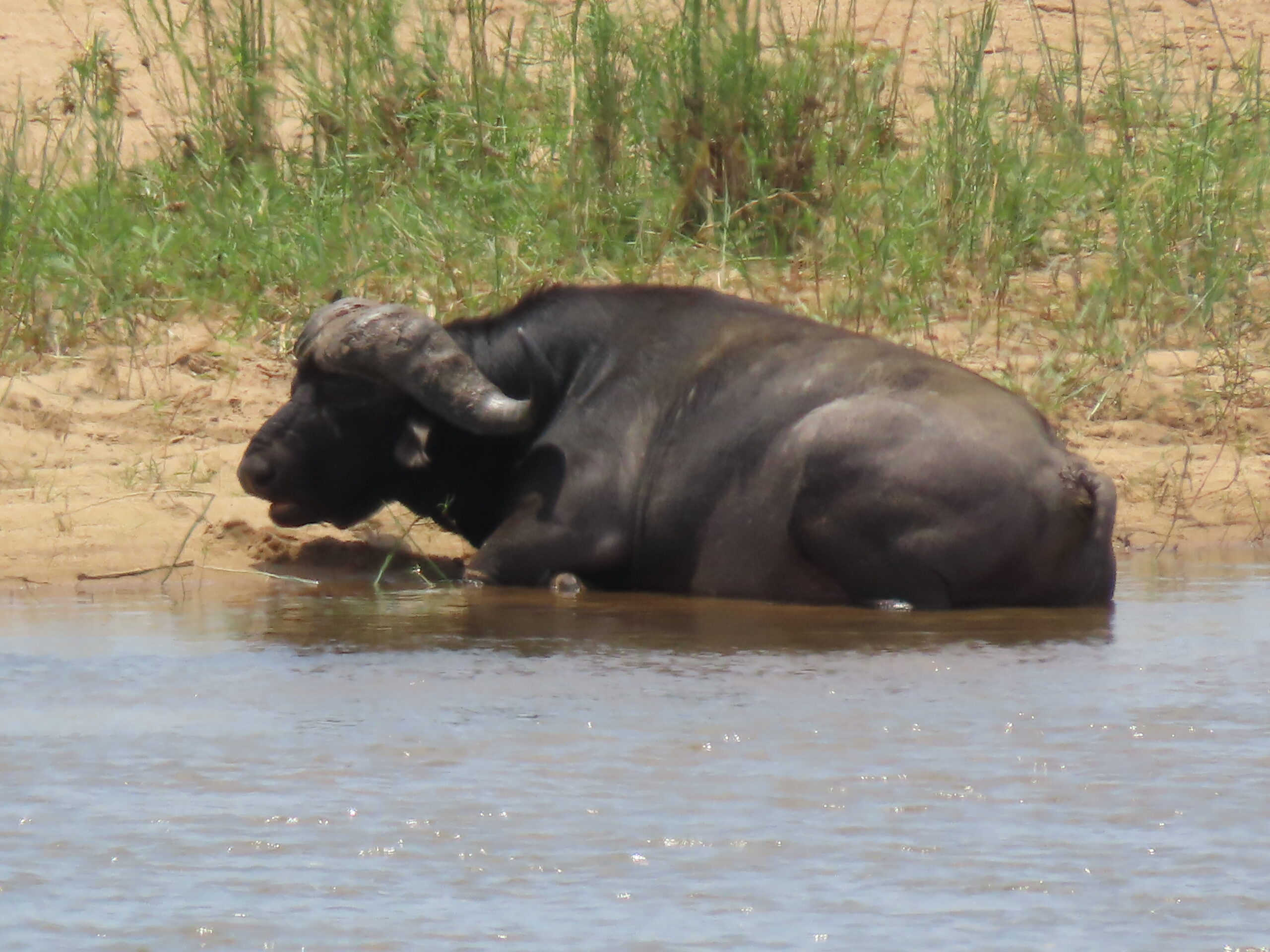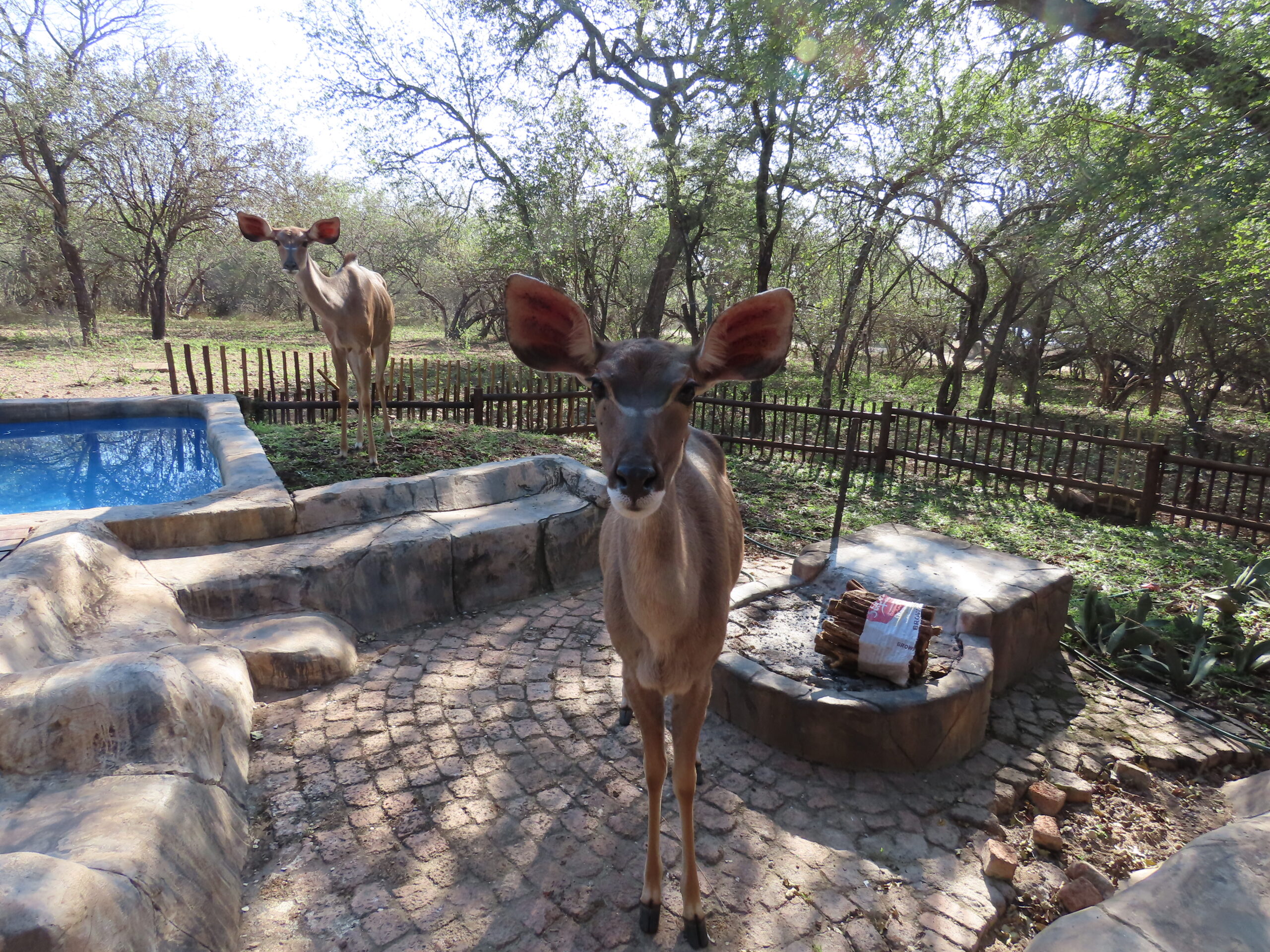
Note: This post was written on my phone during an 11-hour power outage beginning at midnight last night.
Oh dear, the hassles continue right up to the end of our time in Mirador San Jose. The power has been out for 11 hours, and all our food in the refrigerator may have spoiled. We haven’t opened the refrigerator door to check it yet and won’t do so until the power comes back on.
The only solution is to go to the little store today and buy lots of eggs and cheese so we can eat omelets for dinner for the next three nights. We don’t trust buying their meat since they don’t have a generator, and their meat will spoil.
Nor will we consider eating at Kokomo on Wednesday evening, as we planned to do the night before we depart. They don’t have a generator, and we don’t trust their meat either after such an extended power outage. We always order chicken for me and ground beef for Tom. No way would we eat those.
Eggs aren’t refrigerated here since they use different processing than the US and can stay fresh for weeks. Cheese should be safe since it has been fermenting unrefrigerated.
It’s not as if we are willing to take half a day to drive back and forth to Manta to buy something for dinner. However, we assume the bigger markets have generators to keep their volumes of food cold on such occasions.
In the realm of things, we will only be out about $45 worth of groceries, and no major harm will have come to us. It’s merely a matter of inconvenience and readjusting our meal plans a bit. Thank goodness we aren’t staying until our original departure date of January 8 and had recently shopped in Manta.
Last night, it was hot and humid in the bedroom without aircon. We kicked off the covers and awoke every hour or so, aware of the heat in the room. When we got up this morning, we both felt sluggish and unrested.
As I write this on my phone, I wonder when I can post it. But, with nothing else to do right now, preparing this made sense while I still had juice left on my portable charger. It won’t last beyond this afternoon; by then, we’ll be on our last leg with nothing to do tonight in the dark with no devices working.
Tom is playing games on his phone, and his battery will die before too long. The only candles here are tea lights; with the doors open for some air, they are hard to keep lit in the wind. Even if there were books to read here, we couldn’t see them.
This makes me think of the settlers before electricity and how they entertained themselves at night with only kerosene lamps. Many read books, told stories, or played games. Many went to bed early since they had to get up early and work the farm. Their lifestyle was very different from that which we have become accustomed to. It’s all relative. We have it easy.
At the little store last week, we heard a story about Mirador San Jose residents not having power for 21 consecutive days in 2019. At that time, the owner/developer was collecting money from the residents for electricity and paying the power company one lump sum.
When the developer pocketed the money the residents had paid and failed to pay the electric company, the power was off for 21 days. Of course, everyone was in an uproar, but they could do nothing. Few had funds to cover the outstanding bill for every house in this gated community of dozens of homes.
Twenty-one days without power or WiFi is unthinkable. It was a painful period for those residents who couldn’t afford to leave while the situation was resolved. Many who could afford it purchased generators, but even those had no WiFi for communication with the outside world when many depended on WhatsApp, which requires a WiFi connection.
Nonetheless, are we chomping at the bit to drive away on Thursday morning or sooner if the power doesn’t come back on? Yep! That’s for sure. We’ll report more tomorrow.
Be well.
Photo from ten years ago, December 11, 2013:






















































